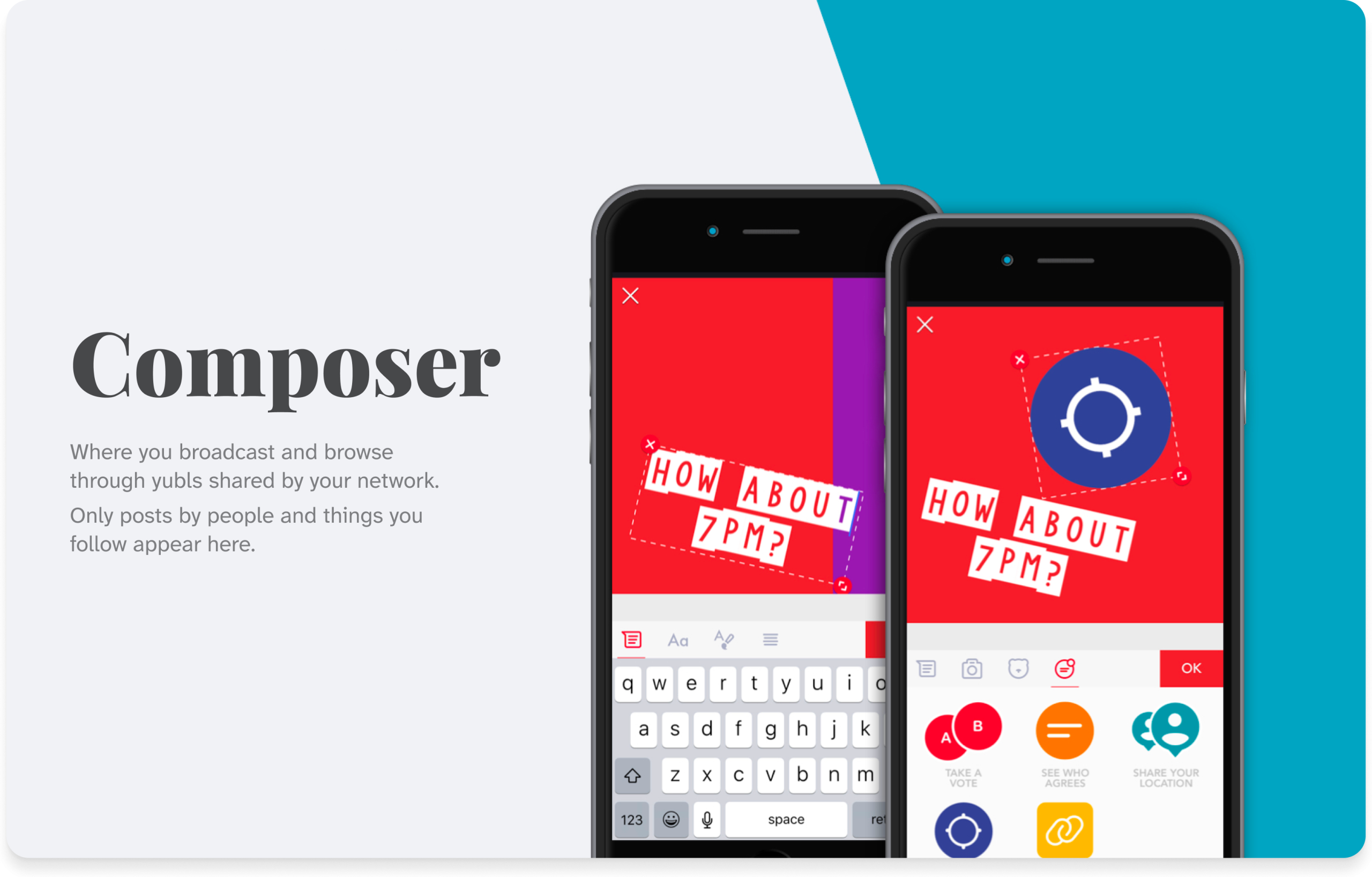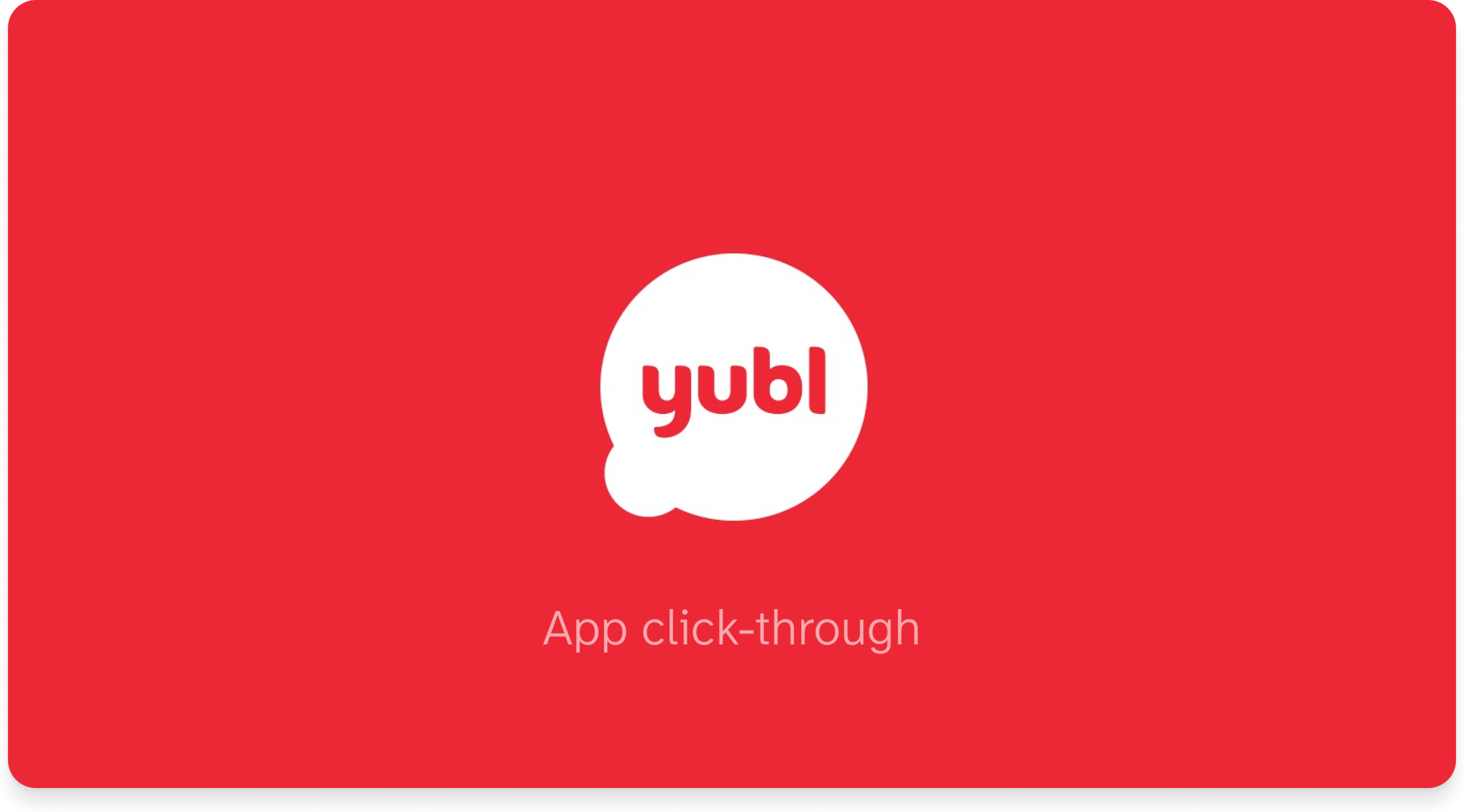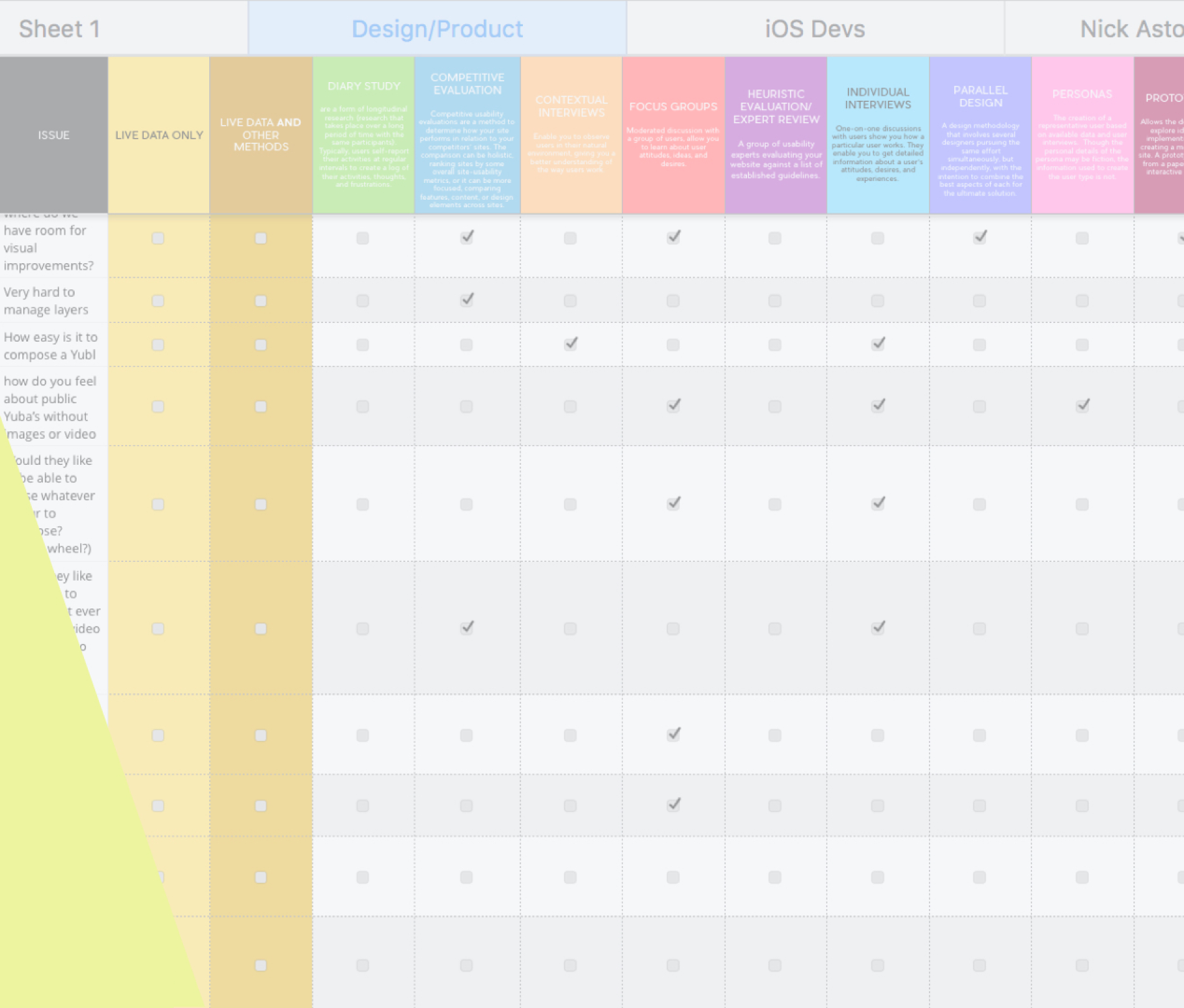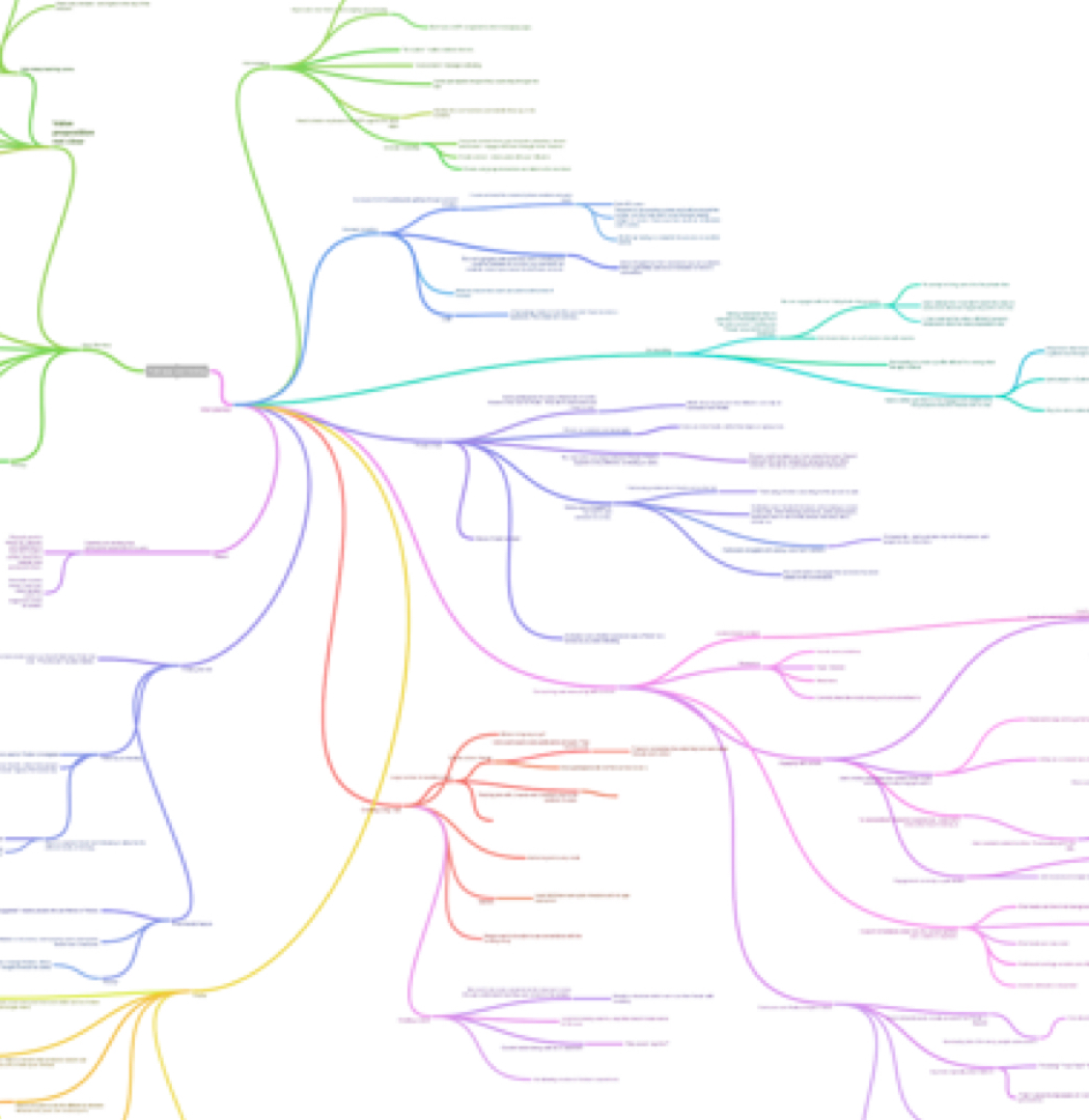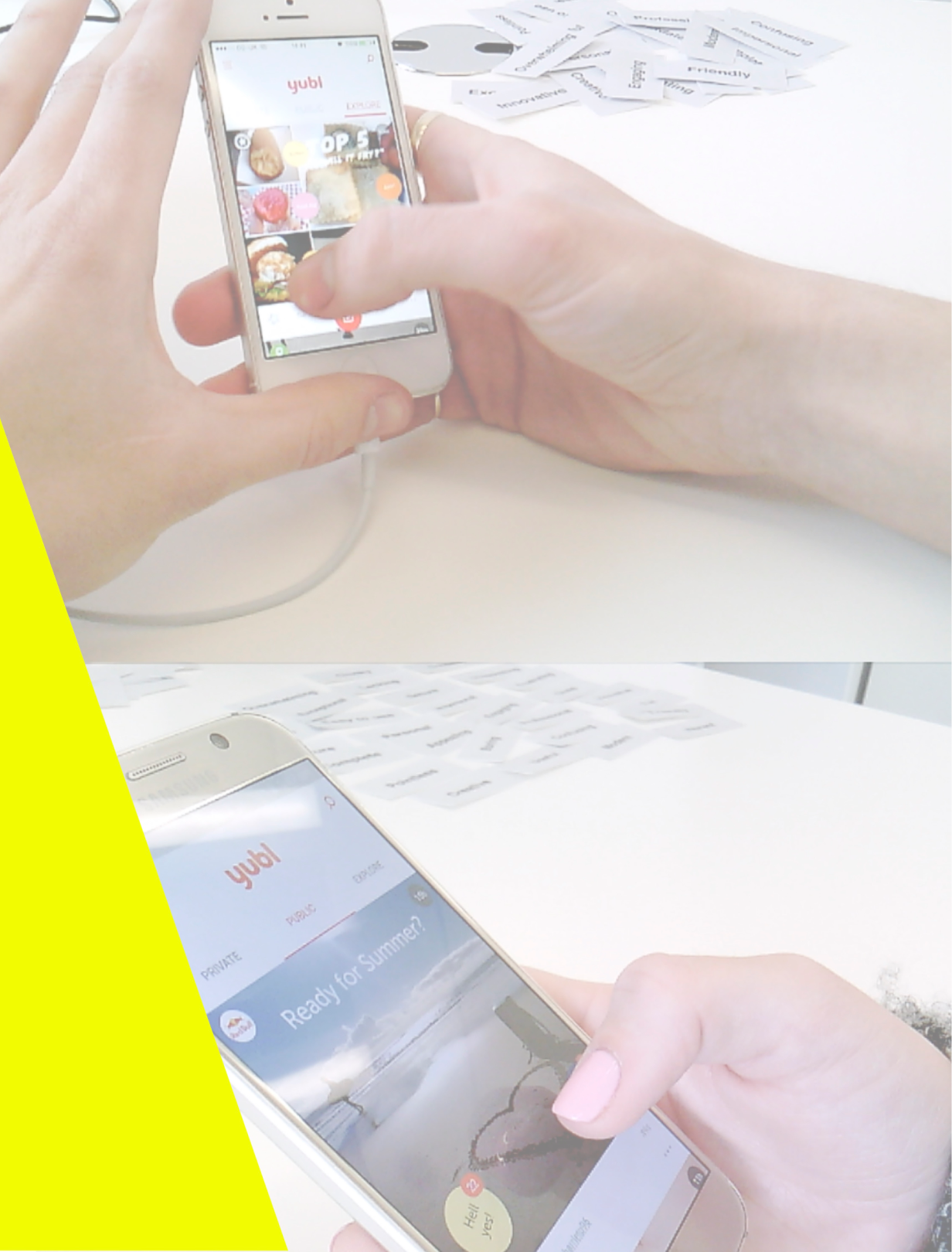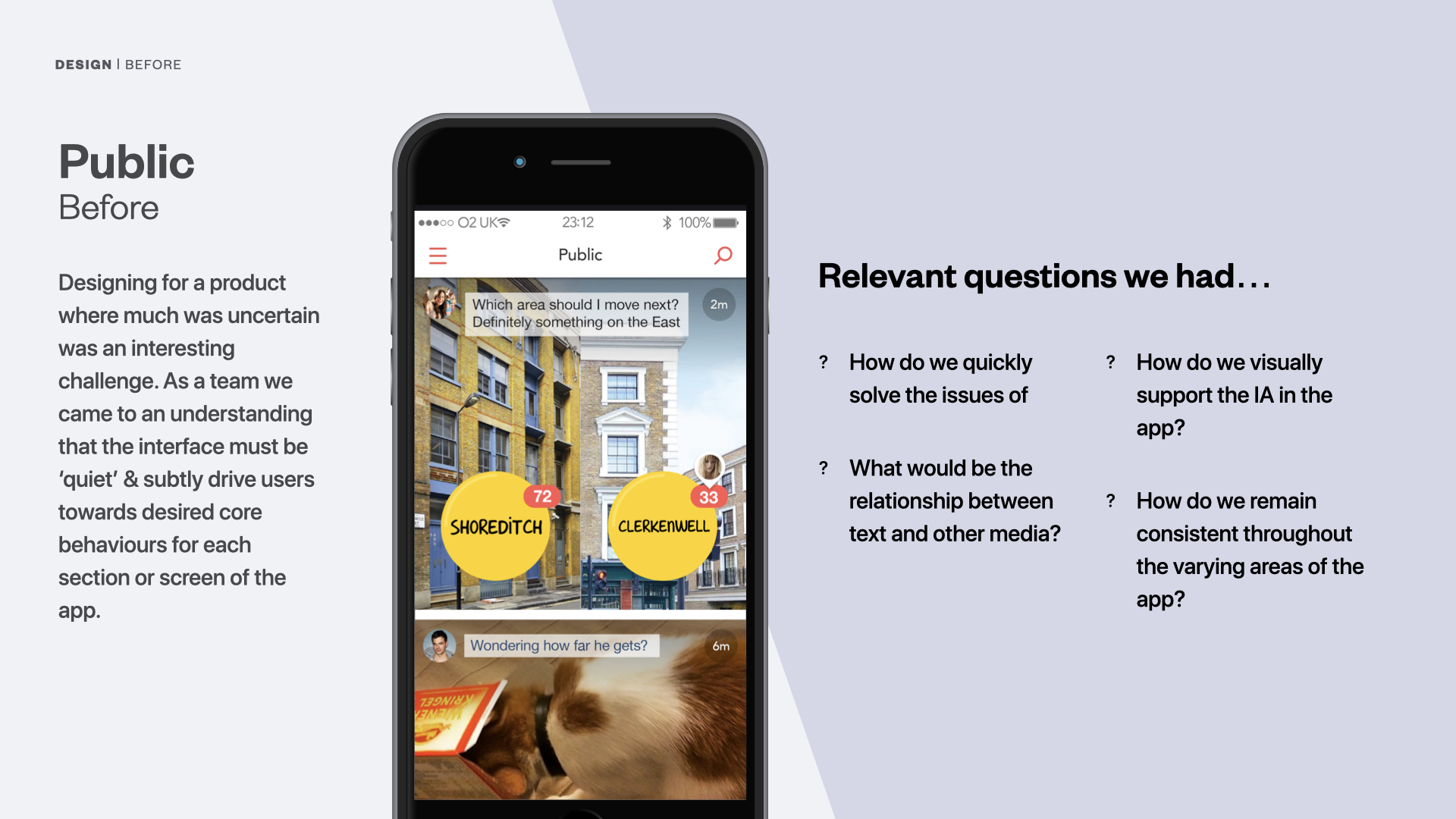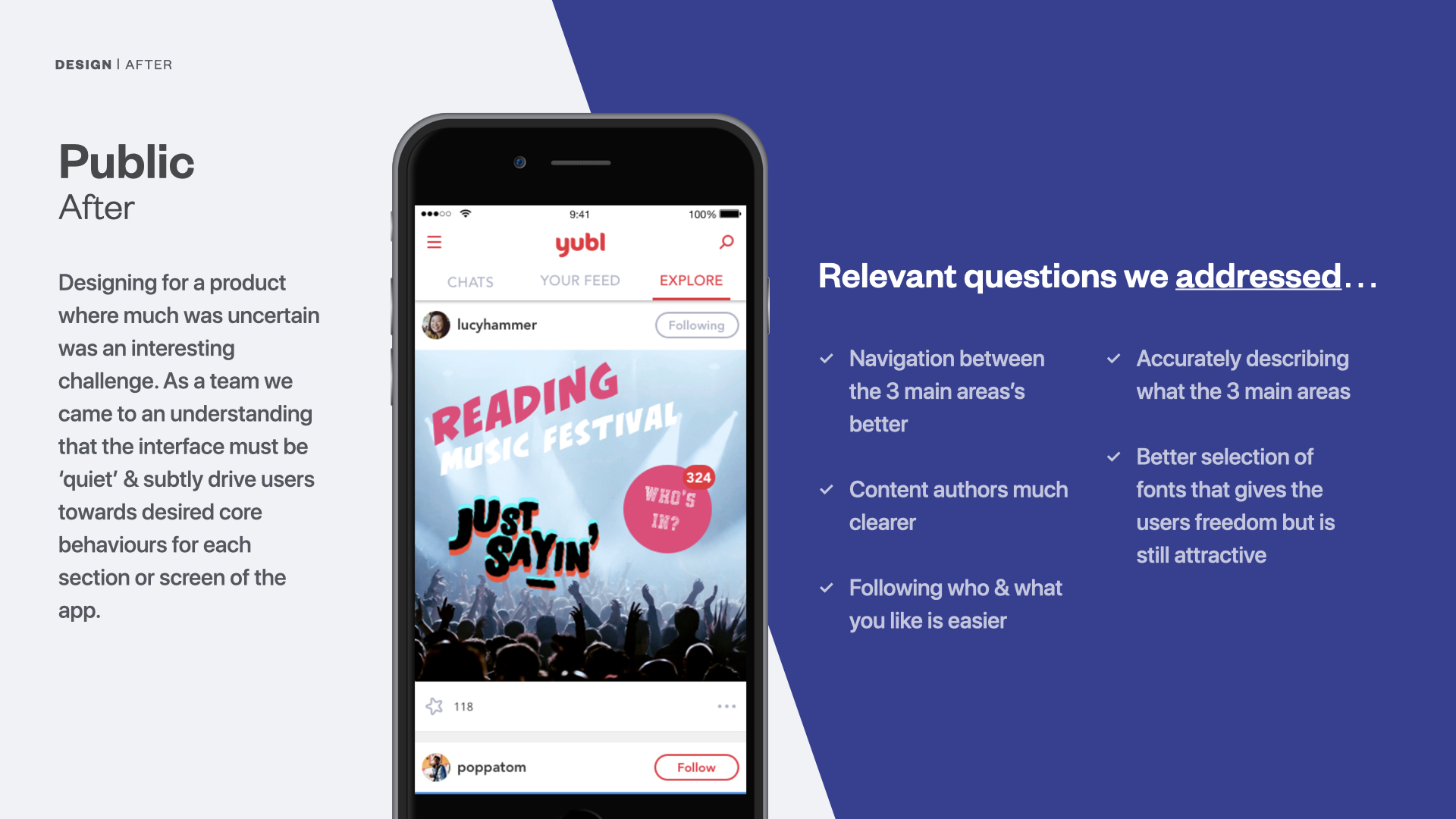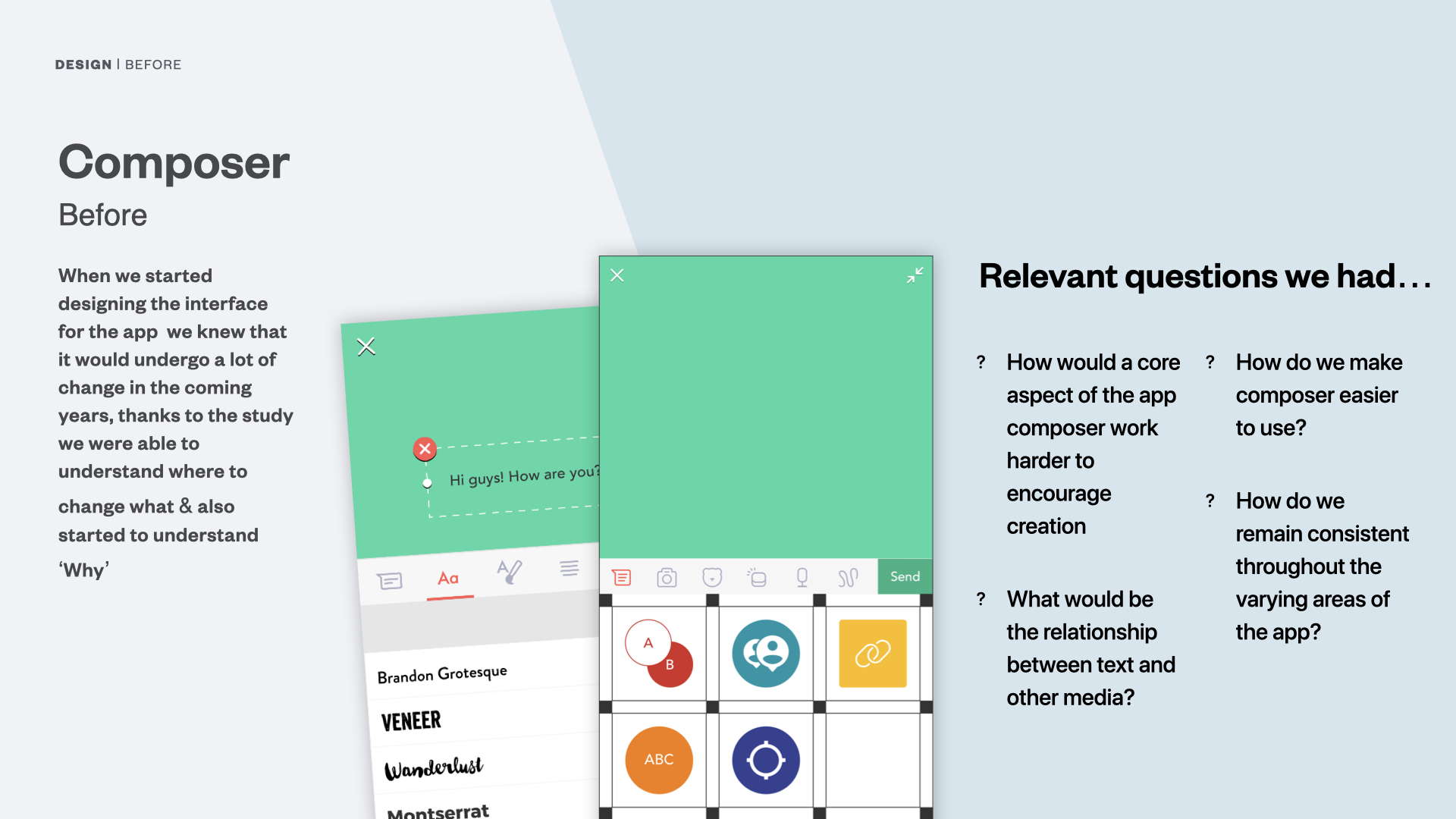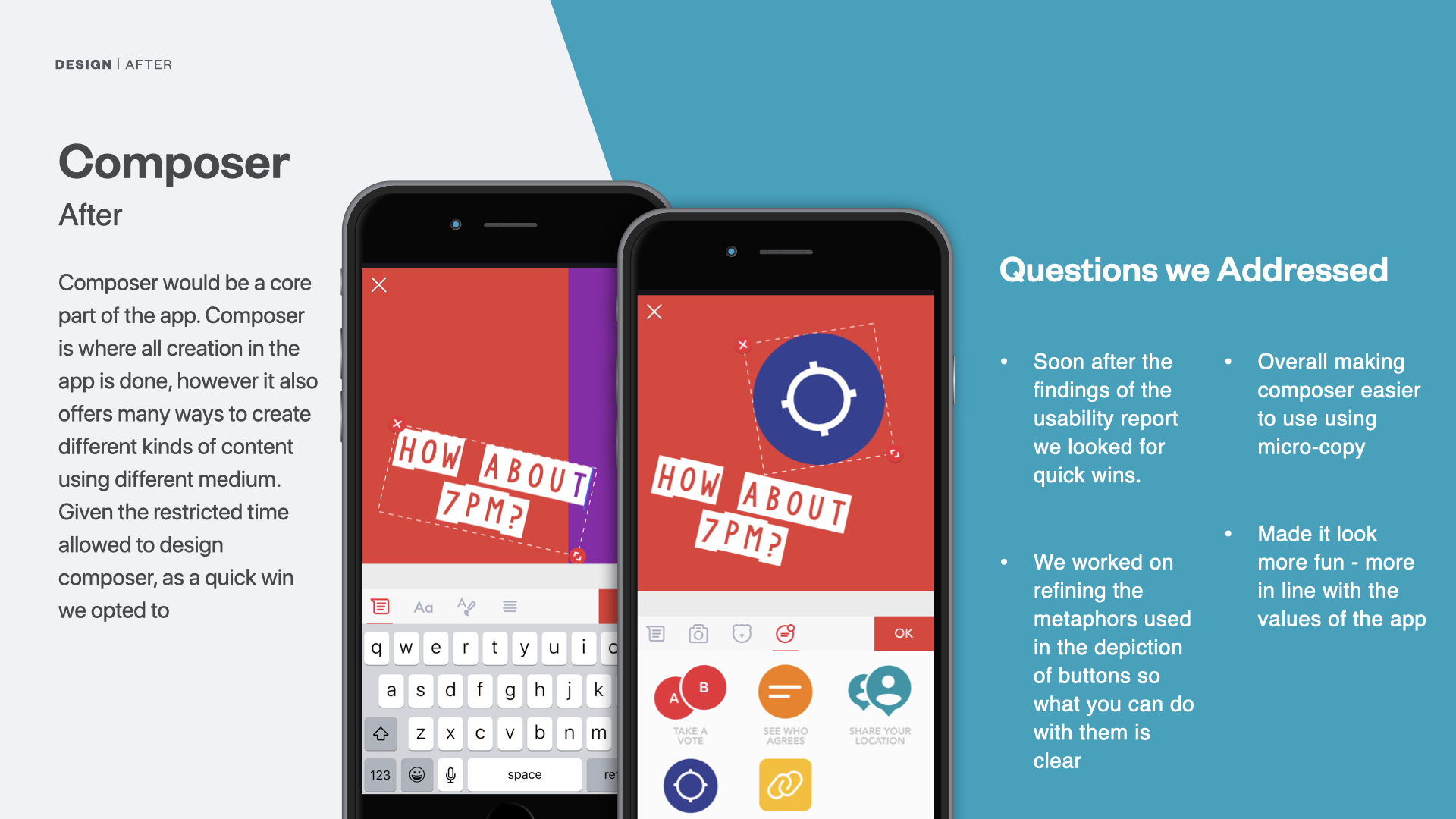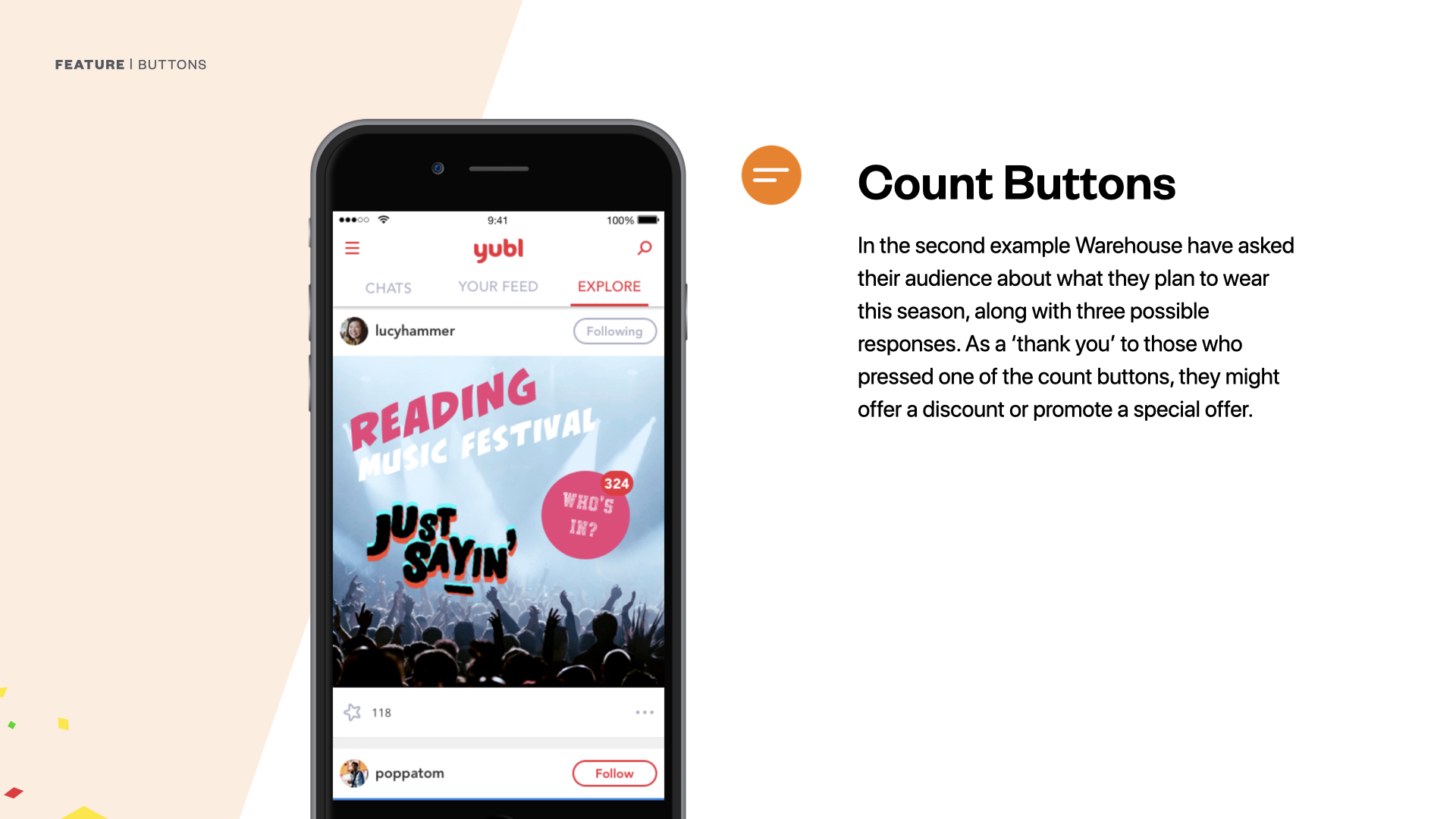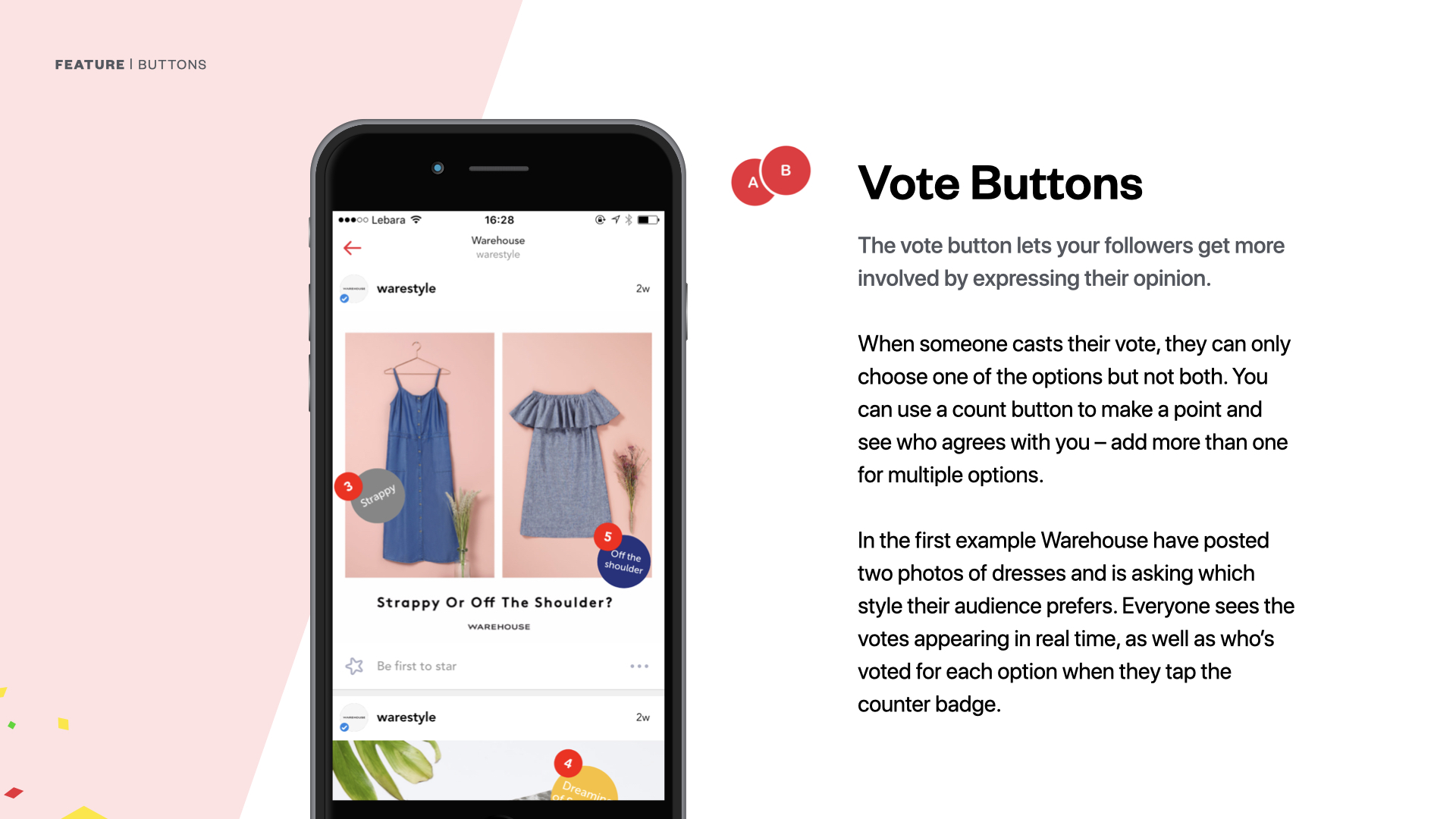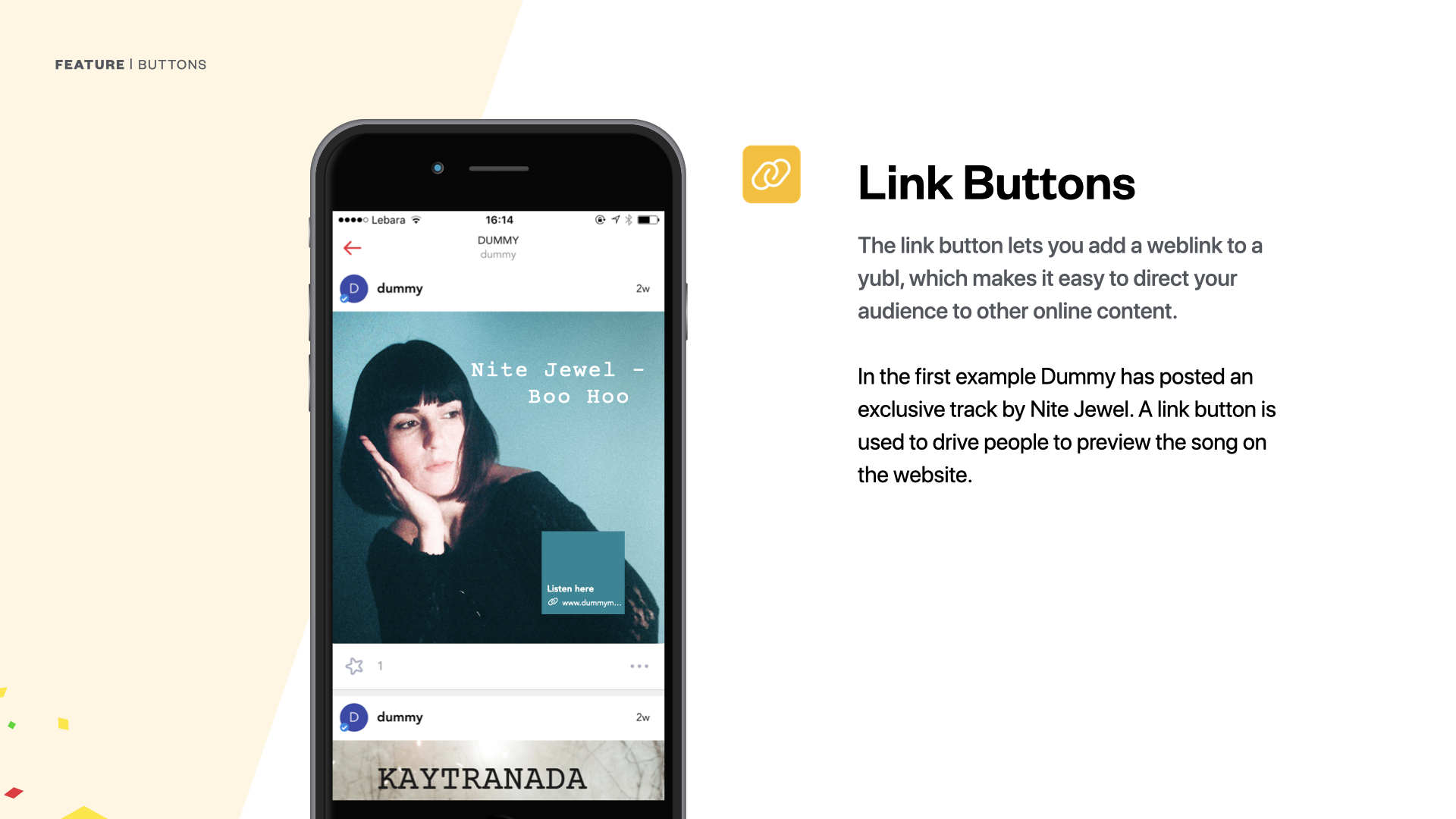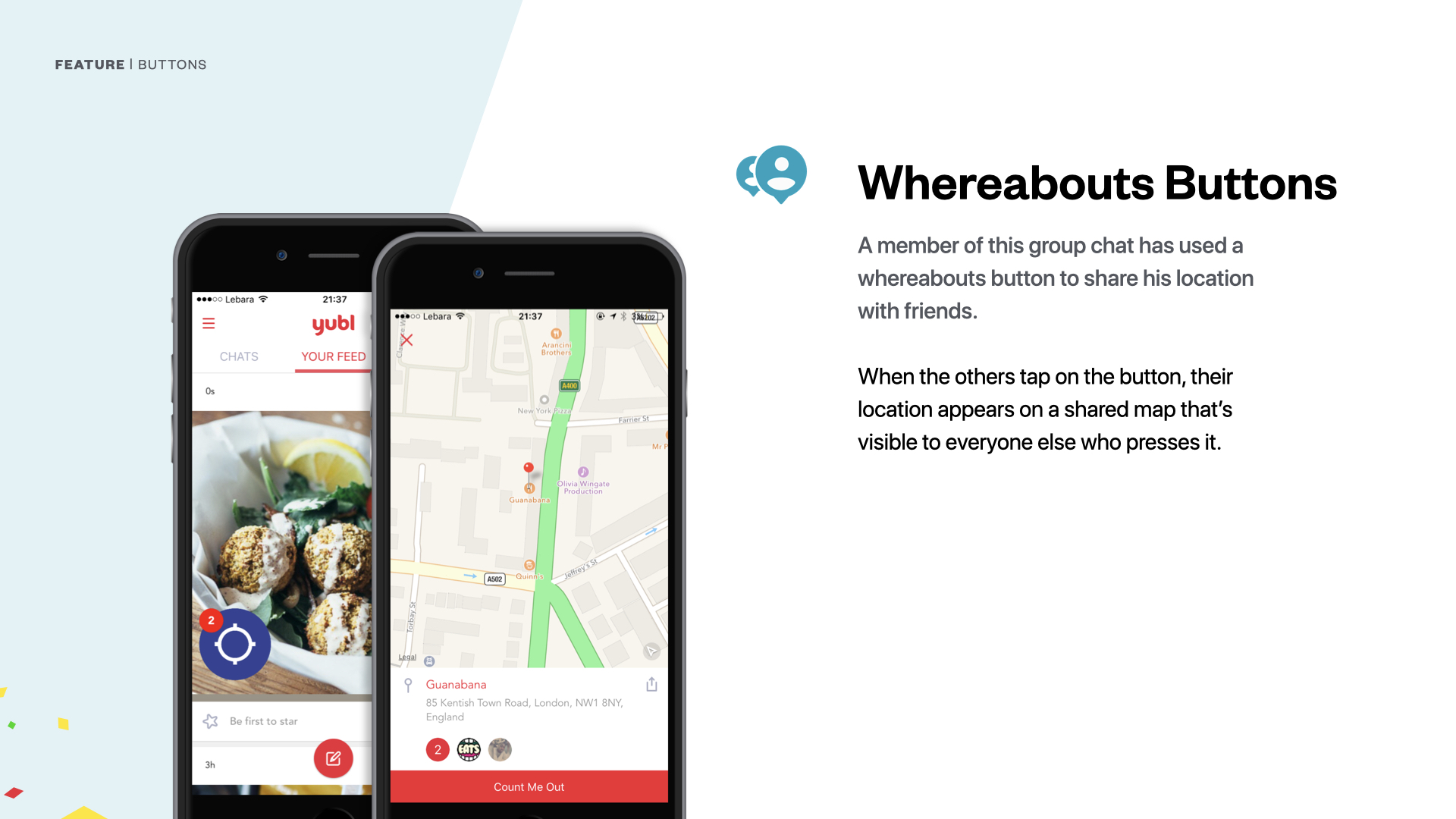In 2015, Yubl was a UK-based social messaging startup trying to carve out a space in a market dominated by WhatsApp, Snapchat, and Facebook Messenger. Founded by Jonathan Ellis, a British entrepreneur known for co-founding Psygnosis and helping launch the original Sony PlayStation, the venture had serious ambitions. Its big idea was to go beyond basic texting by letting users create interactive posts – polls, count buttons, live location sharing, and link buttons. This offered people new ways to connect and gave brands a direct channel for creative engagement. I joined the Yubl team as a UI Designer & UX Researcher during the frenzy of pre-launch, excited by the chance to help shape this product from the ground up.
Task
Design and deliver the interface for a new social messaging app - creating a visual language, defining interaction patterns, and embedding user research in a fast-moving startup pre-launch.

